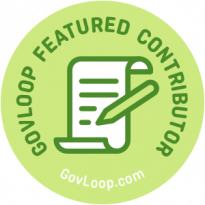From optimizing traffic management in smart cities to enhancing patient care through predictive analytics, data-driven insights are transforming how organizations — public and private — operate. On the public side of things, in the United States, the Federal Data Strategy provides a framework for coordinated data sharing across government agencies, with the goal of making data a strategic asset for informed policymaking.

To harness this power, organizations must prioritize data literacy at every level, ensuring that employees can read, interpret, and act on data effectively. Embracing the power of data literacy not only drives informed decision-making but also positions you — whether as a company or an individual — on stronger footing to remain competitive and innovative in an increasingly data-driven world.
It would be remiss here not to mention AI. Organizations are increasingly integrating AI into their workflows, especially to help with data processing, but a majority (86%) of leaders still prioritize data literacy over AI literacy for their teams, according to DataCamp. But why? Put simply, it’s because they recognize the value of data literacy.
To define data literacy, we need to first break down what we mean when we refer to data. Data refers to the collection of facts, statistics, or information used to derive insights, make decisions, and drive analysis. Data can come in various forms, including numbers, text, images, and even sensor readings from physical devices.
According to a recent Harvard Business Review podcast with Professors Michael Luca of the Johns Hopkins Carey Business School and Amy Edmondson of Harvard Business School, organizations are increasingly prioritizing data in their decision-making processes. But, they say, the true value of data lies not in how much of it we have, but how we interpret and apply it.
The takeaway here is key: Data’s true value is activated when it goes from being information to being an insight. Human talent is crucial to that process. People, with their lived experiences, creativity, and innate ability to recognize patterns are the ones who ultimately derive meaning from data.
Meaning-making is fundamental to what it means to be human. In fact, researchers at Princeton have shown how our human brains are almost constantly doing complex calculations to understand and make sense of our world. It’s so easy to talk about a “data insight” as an inanimate object, or a static piece of information that simply exists. But true intelligence — the kind that drives better decision-making and organizational success — requires human talent.
The good news is that organizations can cultivate and inspire an understanding of the importance of data within their ranks. It all starts with an intentional data literacy strategy. This is not just about technical skills; it’s a cultural transformation towards evidence-based decision-making.
Leaders should prioritize data workshops, e-learning data literacy courses, and incentive programs to ensure their teams are equipped to unlock the power of data. Team-based learning, cross-departmental hackathons, and peer mentorship can accelerate this process.
A data literacy strategy might prioritize equipping team members with skills such as identifying sources of data, gathering and managing it, assessing its quality and relevance, and harvesting actionable insights. It also involves the ability to effectively interpret and communicate insights to empower organizational decision-making.
All these initiatives can help equip the entire workforce with the skills to interpret and leverage data effectively across all roles — not just those in analytics.
“Organizations that effectively pair data analytics with business acumen are better positioned to respond to challenges swiftly and strategically,” emphasizes economist John Johnson in his course Data Analytics for Business Professionals. In his course, John shares real-life examples of how companies like Xerox and UPS have used data to inform their strategies.
For job seekers, developing data analysis skills can significantly boost employability. Data literacy is not just essential for those in analytics roles. HR, marketing, and project management increasingly require data fluency. Additionally, mastering the art of data storytelling — communicating insights in clear, impactful ways — is becoming a vital soft skill in the job market.
Whether you are an employer aiming to strengthen your team’s capabilities or a job seeker looking to boost your own skill set, investing in data literacy is crucial. Building these skills empowers individuals and organizations alike to act strategically and effectively.
As we strive to build data-literate organizations, we must remember that the true value of data is only realized when human creativity and critical thinking are applied. Data does not solve problems — people do. Embracing this synergy between data and human insight is not just a competitive advantage; it is the future of intelligent decision-making.
Deanna Grady is an accomplished leader in the public sector, serving as Director and Head of Government Sales for North America at LinkedIn Talent Solutions. With over 20 years of sales experience, including 19 years in SaaS leadership, Deanna has dedicated her career to helping federal, state, and local government agencies meet mission-critical objectives. Her expertise in developing strategies for bridging hiring and skills gaps has driven year-over-year growth, enabling government agencies to address workforce challenges and achieve their goals through LinkedIn’s innovative hiring and learning solutions.





Leave a Reply
You must be logged in to post a comment.